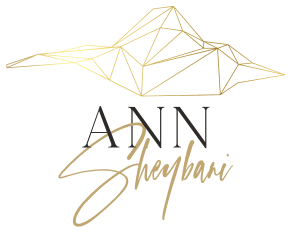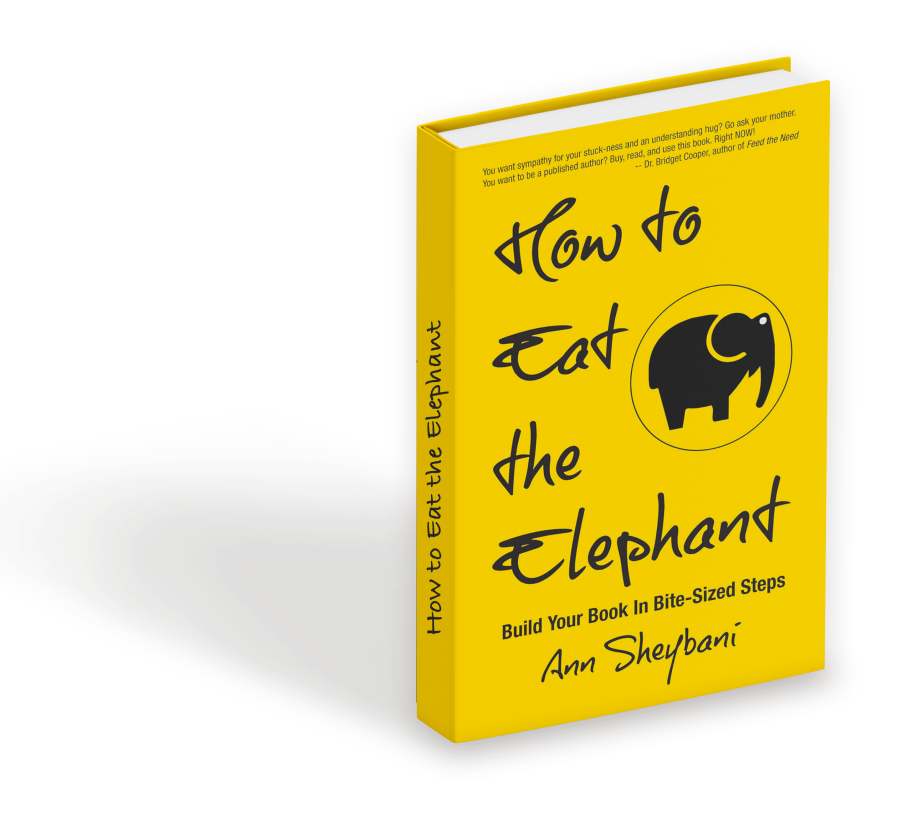I wouldn’t last a minute in battle if I had to depend on my powers of observation, mostly because I walk the planet with my head up my ass. I mean, it’s a wonder I’ve not been hit by a bus while crossing the street. Get into an interesting conversation and forget about me noticing that nuclear explosion that’s got everybody else alarmed.
OODA looping would help.
I came across the concept of OODA loops while working with a client on a book about peak performance and goal achievement done the U.S. Air Force way. (Such interesting stuff!)
Don’t know what an OODA loop is? Well, allow me to borrow heavily from Wikipedia for a moment in order to school you.
The OODA loop is the cycle observe–orient–decide–act, developed by military strategist and United States Air Force Colonel John Boyd. Boyd applied the concept to the combat operations process, often at the operational level during military campaigns. An entity (whether an individual or an organization) that can process this cycle quickly, observing and reacting to unfolding events more rapidly than an opponent, can thereby “get inside” the opponent’s decision cycle and gain the advantage.
In other words, notice the dip of an enemy wing tip, calculate where the plane is likely to move next, decide what you’re going to do about it, then blow it out of the air before the other pilot’s had the chance to act on his intentions.
I chalk up my obliviousness to being an introvert, possessing mad concentration skills, and having a partner who’s pretty much on the ball 24/7/365. That means I don’t HAVE to think about everything all the time because he’s got it covered. (I’m sure he loves playing seeing eye dog.)
The thing is, you only get so far in this world if you don’t dial into your environment—be it the market, or your industry—think about the likely moves of key players (or vehicles), then preemptively act.
I may be a disaster on the street or in a cocktail lounge, but I’m a pro at running OODA loops when working on client-attracting book. I consider all the places a reader might want to go when she’s read this chapter, or that story, and I respond accordingly by creating the right pathway so she’ll subsequently do what I expect her to. Sometimes that something is to buy more stuff.
This isn’t Machiavellian—OK, maybe it is—it’s observant and strategic.
Some of my clients have a very clear picture of how a book fits into their business model. They see their book as the gateway to other high-ticket offerings. Some haven’t thought that far ahead (they may not need to) because they’re wrapped up in the story they want to tell, the transformation they intend to provide. What comes next isn’t a question they’ve considered. (No judgment. Obvs.)
Do you know where you’d like to take your readers after they’ve finished your book? Any idea what offering makes the most sense, given the pathway you’ve created?
If, like OODA loops, this strategic way of thinking comes as something of a surprise, you may want to avail yourself of my Mastercourse, 5 Ways to Make 6 Figures With Your Book. Once you see what you can place at the end of the reader’s path, you’ll be amazed at what you’ve managed to achieve thus far. All without hurting your self.

